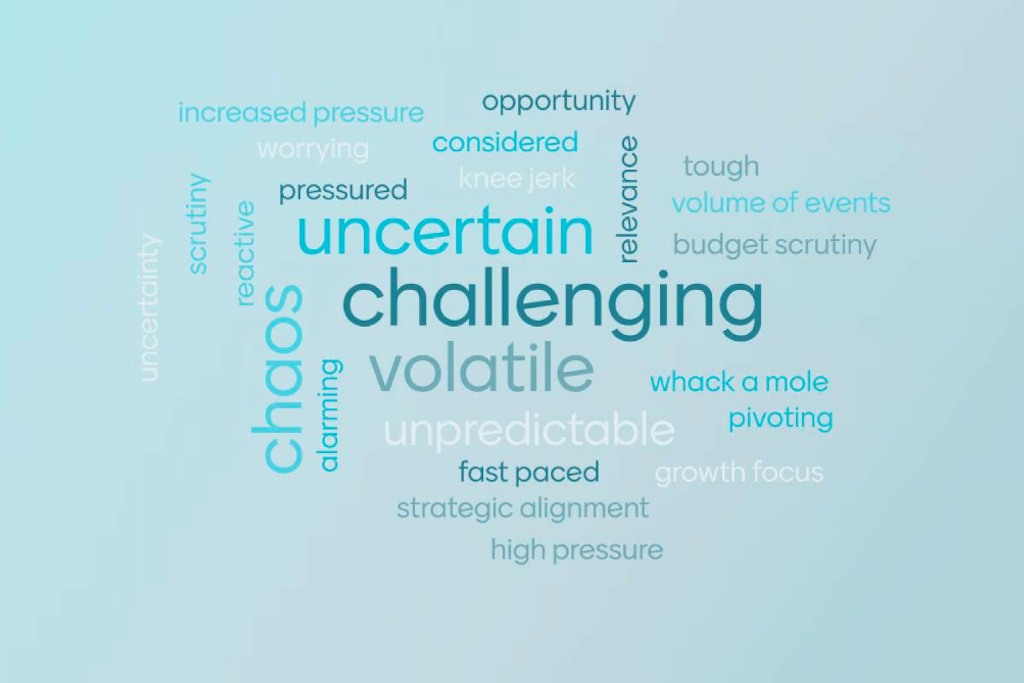Last week, micebook hosted its latest Corporate Collective session at the newly reopened Montcalm Mayfair, bringing together senior corporate event professionals to discuss how to protect their teams in the current climate.
The session, explored how event leaders can demonstrate value to internal stakeholders and prove their value amid political and economic uncertainty, followed by an energising session by motivational and wellness speaker Kat Thorne.
Here’s some of our key takeaways…
Proving Worth in Uncertain Times
When times get tough, events—and the teams that deliver them—are often under increased pressure and scrutiny. Faced with an unpredictable economy and increasingly volatile budgets, attendees shared how they’re navigating the pressure to do more with less.
Top concerns included:
Events being deprioritised or postponed with little notice
Increased scrutiny over every budget line
A need to pivot frequently and think more strategically
Burnout across teams due to high workload and changing expectations
However, there was a silver lining. In addition to half the group expecting budgets and resource to increase in 2025-26, many attendees noted that events are finally being recognised as strategic tools—rather than nice-to-have line items.
“It’s the first-time senior stakeholders are genuinely seeing the value,” said one participant. “The ROI is landing.”
Key strategies shared included:
Data Storytelling: Several leaders noted the power of presenting data in a narrative form to connect more meaningfully with stakeholders and justify headcount or budget increases.
Pre-Event Scrutiny: Teams are now assessing the ‘why’ behind every event, with tighter objective setting before delivery begins.
Post-Event Analysis: Collecting impact data 3, 6, and even 12 months after events helps prove long-term value.
Alignment with Strategy: Many teams are actively rejecting event briefs that don’t clearly support company objectives.
Leading Your Teams—and Yourself—Through Chaos
The second half of the session shifted focus from strategy to self-care and team wellbeing, led by Kat Thorne, whose “Morning Gamechanger” session encouraged attendees to rethink how they start their day—and how small shifts in behaviour can prevent long-term burnout.
“The future of work is people,” said Thorne. “But if we don’t look after ourselves, how can we sustain performance?”
Key takeaways:
Habits shape your life: Simple routines—like not checking your phone first thing, sleeping better, or moving for 10 minutes—can have outsized impacts on performance and wellbeing.
Start with one change: Participants were challenged to commit to one positive habit for 21 days, from daily breaks to switching off devices earlier.
Burnout looks different for everyone: From changes in personality and emotional reactivity to physical symptoms, the signs can be subtle—but costly if ignored.
Thorne shared her own story of burnout as a global commercial director, which ended with a health scare and the loss of a role she loved. She now dedicates her work to helping others spot the signs early and take action.
“We don’t want to wait until someone collapses to make changes. Start small. Stay consistent. Protect your power.” She added that leaders must model the behaviours they want to see—from taking breaks to setting boundaries.

